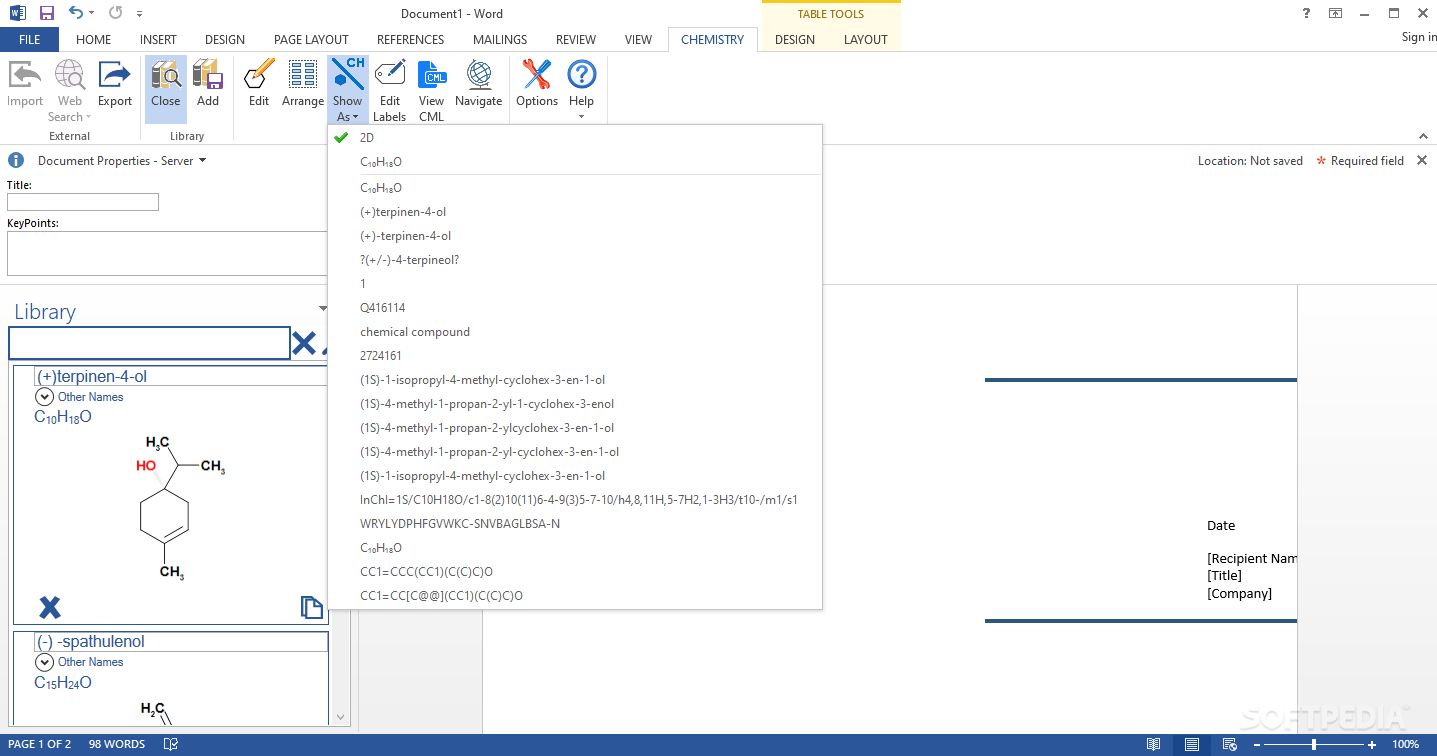

When an add-in has been soft-disabled, the LoadBehavior value in the registry will be changed.

If the problem that initially caused Word to soft-disable the add-in has not been fixed, it will soft-disable the add-in again, and the box will not stay checked. When you re-enable a soft-disabled add-in, Word immediately attempts to load the add-in. It can be enabled by selecting “COM Add-Ins” in the Manage menu, clicking Go, and placing a check in the box next to the Add-In. If an add-in has been ‘soft-disabled’ by Word 2007, it will NOT appear in the Disabled Application Add-ins list. Soft-disabling occurs when an add-in throws an unhandled exception, but the application (Word) does not unexpectedly close. –ftopict876175.html Soft-Disabled Add-ins You can re-enable the addin by deleting the specific binary reg value, or by removing the whole key. So the presence of the Resiliency key serves as a general test for the existence of disabled items. The Resiliency key exists if there is at least one disabled item, but if you re-enable the addin then the Resiliency key and DisabledItems subkey are both deleted. This makes it an ‘all or nothing’ situation.ĭisabling adds a binary value for each addin with a name that’s randomly generated. You can look at the hex of each and identify the specific add-in, but programatically re-enabling them is most easily done by deleting the entire Resiliency key. The entry name is some sort of hash/random binary value, rather than the name of the add-in. HKEY_CURRENT_USER\Software\Microsoft\Office\12.0\Word\Resiliency\DisabledItems Then load it by selecting “COM Add-Ins” in the Manage menu, clicking Go, and placing a check in the box next to the Add-In.Įach hard-disable add-in will have an entry in the DisabledItems registry key at: To manually restore a hard-disabled add-in, first enable the add-in by selecting “Disabled Items” in the Manage menu, clicking Go, selecting the add-in to re-enable, and clicking the Enable button. To see which add-ins have been hard-disabled, click on the Office Button | Word Options | Add-Ins, and scroll down to “Disabled Application Add-ins”. Once an add-in has been ‘hard-disabled’ by Word 2007, it will appear in the Disabled Application Add-ins list. The problem was so serious that Word crashed. Hard-disabling occurs when the add-in causes the application (Word) to close unexpectedly. Microsoft explains the differences between Hard Disabled vs Soft Disabled in a MSDN article at: (VS.80).aspx, but I’ll paraphrase here.

So, it may not be a particular add-in is malfunctioning, but that Word’s handling of add-ins generally is flaky. What’s more, after re-loading the add-in, Word and the add-in will work fine for weeks more. However, I’ve watched Word fail to properly start up and blame this on an add-in that has worked without issue for weeks on end. Determining what caused the problem in the first place is outside the scope of this post.
#Chemistry add in for word 2010 how to
In this post, I’ll explain how to programmatically restore add-ins after Word has disabled them. Depending on the severity of the problem, the add-in can be either ‘soft-disabled’ or ‘hard-disabled’. If something unexpected happens in Word (it crashes, for example) while an add-in is being used, Word will flag it as problematic and will alert you to this the next time Word is launched. Many of the problems with Word 2007’s stability are due to third-party add-ins that are often used to add functionality to Word and to add new tabs and groups to the ribbon.
#Chemistry add in for word 2010 update
Update 5.5.11: I’ve since written two more posts on handling issues with Word add-ins, the better one being: Programmatically re-enabling Word COM add-ins I’d recommend checking it out, too, as I’ve learned quite a bit since writing this post.


 0 kommentar(er)
0 kommentar(er)
